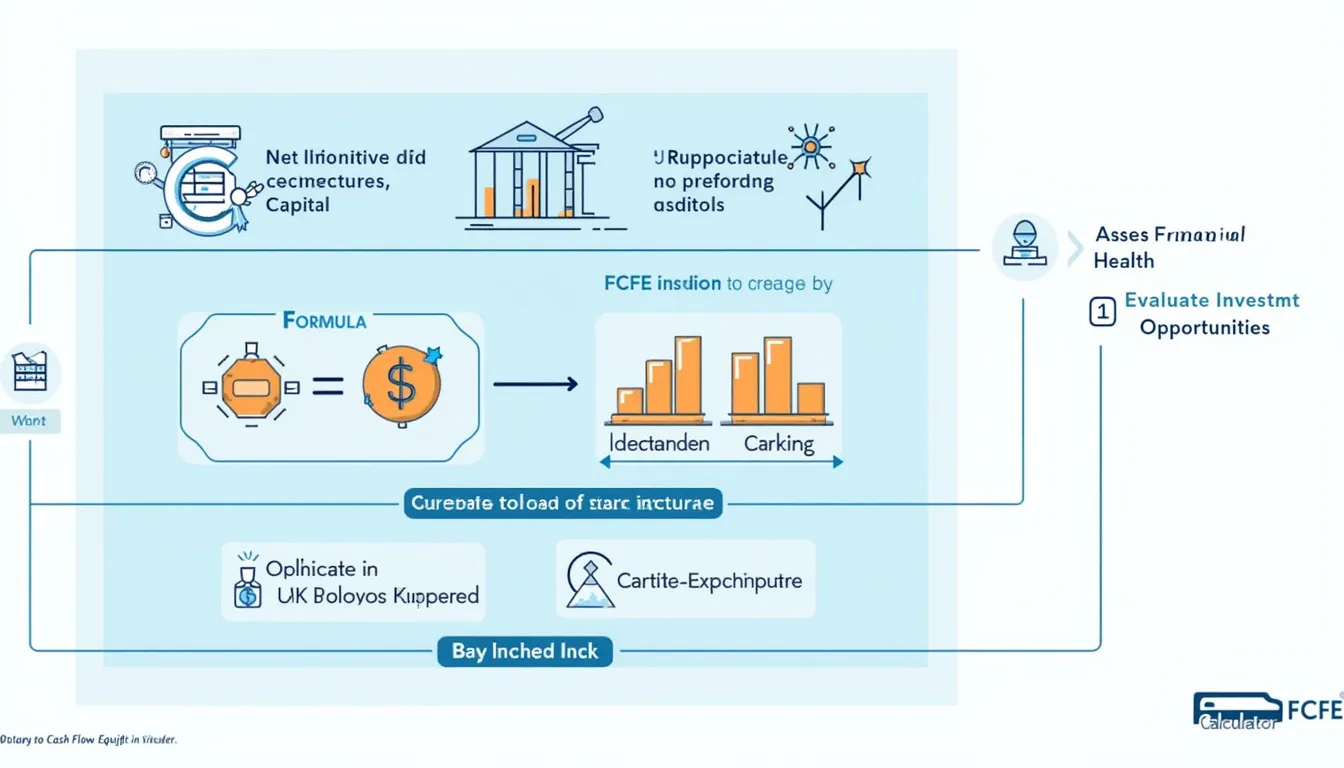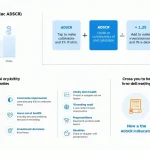Free Cash Flow to Equity Calculator
Is this tool helpful?
How to use the tool
- Net Income – Type the profit after tax. Examples: 950 000 or 1 050 000.
- Depreciation & Amortization – Enter non-cash charges. Examples: 140 000 or 200 000.
- Capital Expenditure – Add cash spent on long-term assets. Examples: 350 000 or 500 000.
- Change in Working Capital – Insert the period-to-period difference. Examples: 40 000 or -10 000.
- Net Borrowing – Record new debt minus repayments. Examples: 60 000 or -25 000.
- Press “Calculate FCFE” – Review the cash available to equity holders.
Formula
$$ FCFE = \text{Net Income} + \text{Depreciation and Amortization} – \text{Change in Working Capital} – \text{Capital Expenditure} + \text{Net Borrowing} $$
Example 1
Inputs: 950 000, 140 000, 350 000, 40 000, 60 000.
$$ rac{FCFE}{ } = 950\,000 + 140\,000 – 40\,000 – 350\,000 + 60\,000 = 760\,000 $$
Example 2
Inputs: 1 050 000, 200 000, 500 000, -10 000, -25 000.
$$ rac{FCFE}{ } = 1\,050\,000 + 200\,000 – (-10\,000) – 500\,000 + (-25\,000) = 735\,000 $$
Quick-Facts
- Typical FCFE yield for S&P 500 firms: 4 % in 2022 (S&P Global Market Intelligence, 2023).
- Negative FCFE usually signals heavy reinvestment phases (Damodaran, 2012).
- “Information about cash flows is useful in assessing an entity’s ability to generate cash” (IAS 7 §4).
- Analysts discount projected FCFE at the cost of equity to value shares (McKinsey & Company, 2020).
FAQ
What does FCFE show?
FCFE shows cash you can distribute to shareholders after funding operations, capital projects and debt service (Damodaran, 2012).
How often should I calculate FCFE?
Quarterly figures reveal trends; annual data underpins valuations (S&P Global, 2023).
Why add back depreciation and amortization?
They reduce accounting profit but not cash; adding them restores true cash flow (IAS 7 §18).
Can FCFE be negative?
Yes. A negative result indicates investment exceeds operating cash, common in growth stages (Damodaran, 2012).
How is FCFE used in discounted-cash-flow valuation?
You forecast FCFE, discount it at the cost of equity, then sum present values to estimate intrinsic equity value (McKinsey, 2020).
Is FCFE better than dividends for valuation?
FCFE captures all potential payouts, not just declared dividends, giving a fuller view of value (Damodaran, 2012).
Important Disclaimer
The calculations, results, and content provided by our tools are not guaranteed to be accurate, complete, or reliable. Users are responsible for verifying and interpreting the results. Our content and tools may contain errors, biases, or inconsistencies. Do not enter personal data, sensitive information, or personally identifiable information in our web forms or tools. Such data entry violates our terms of service and may result in unauthorized disclosure to third parties. We reserve the right to save inputs and outputs from our tools for the purposes of error debugging, bias identification, and performance improvement. External companies providing AI models used in our tools may also save and process data in accordance with their own policies. By using our tools, you consent to this data collection and processing. We reserve the right to limit the usage of our tools based on current usability factors.







